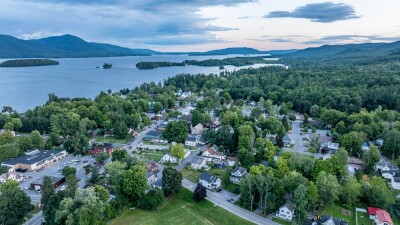Attendance to SPAR 2009J, our fifth annual Japanese conference on 3D imaging for design, construction and manufacturing, which took place in Kawasaki, May 14-15 reached 408, up 31% from last year. The Japanese economy has been hammered by the global recession, but appetites for new 3D scanning hardware, software and services appear to be healthy. Some service providers reported to me that large Japanese engineering/construction firms that have been using scanning on international projects are finally starting to deploy on domestic projects. Other growth areas include inspection and analysis of buildings for compliance to local seismic codes.It is a 13 – hour flight from JFK in New York to Tokyo’s Narita airport. When we landed, we spent another hour on the tarmac while a swine flu inspection crew took thermal images of all passengers, collected a questionnaire and executed other biological procedures — all kitted out in disposable gowns, masks, boots and gloves. We were all supplied with face masks. It is not uncommon to see Japanese people wearing these masks in public spaces; this was the first time I saw Westerners wearing them. When I checked in to the Mets Hotel in Kawasaki, a modest Japanese businesman’s hotel, I was given a thermometer and a sheaf of forms which I was asked to complete twice daily. One afternoon I spoke with a public health doctor from the city of Kawasaki who enquired about any symptoms. I wore the mask too. It finally dawned on me that this etiquette is well founded. Tokyo is densely populated — wearing a mask is almost certainly more effective to limit the spread of germs compared to coughing into your sleeve.
May 26, 2009
SPAR 2009J Attendance Grows 31%






